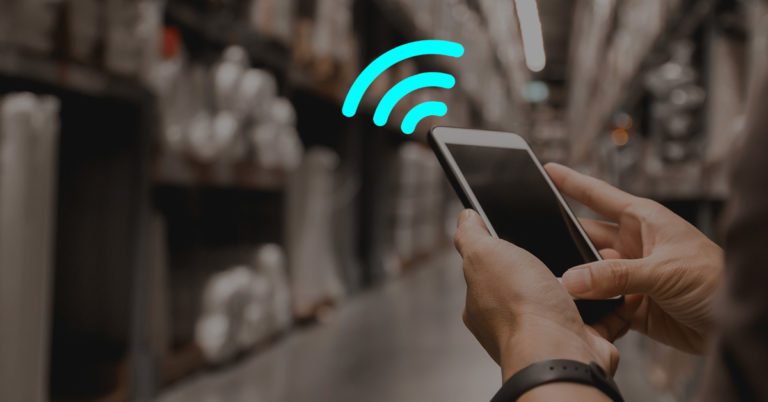What are CBRSCitizens Broadband Radio Service Radio frequency band between 3.5 GHz and 3.7 GHz that can be used for 5G, 4G or LTE communication. The FCC has recently opened these band to general use. Learn more about CBRS More and Private LTELong Term Evolution – 4G mobile telecommunication standard. More, and what are the use cases?
CBRS stands for Citizens Broadband Radio Service and is a three-tiered access and authorization framework to control federal and non-federal use of the spectrum. This shared spectrumShared spectrum is a term that refers to a band of radio frequencies that are available to a wide range of users and allow for the creation of private cellular networks. In the US, this currently takes the form of CBRS. Other countries, including France, UK, Germany, the Netherlands, Japan, Hong Kong and Australia have similar schemes. More range is from 3500-3700 MHz.
The top tier is dedicated for incumbents, the secondary tier is for priority access (licenses), and the third tier is for general authorized access. The last 2 tiers are known as the innovation tiers and the idea is private wireless networks can be scoped utilizing this medium and separate itself from Wi-fi and other 4G/5G traditional networks.
Private LTE (‘non-public network”) is a scaled down version of a public cellular network, but it is specific to an organization hence the word private and deployed for exclusive use by an enterprise or campus and which allows only authorized users and devices to connect.
Private LTE uses licenses, shared, and unlicensed wireless spectrum to transmit voice and data. Below are three, of many, use cases that benefit from private LTE:
- Manufacturing facilities need to blanket facilities with reliable wireless signals without the interference issues of Wi-Fi. A private mobile network allows them to segment access for mission critical machinery or provide tiered service for guaranteed throughputThe amount of data transmitted between two or more endpoints in a second. More. Secure data end-to-end with managed spectrum, keeping data within the enterprises’ existing firewalls.
- Education vertical can expand wireless mobility in those hard-to-reach corners of the campus with dependable carrier-class technologies. Targeted communications such as class notifications, weather alerts, new ticket availability, schedule changes are all tailored to specific audiences.
- Hospitals and medical facilities benefit from their own private mobile network when using push to talk/video communications for staff and security employees that need to relay mission critical information or emergencies on-site. As well as support throughput optimization to maximize the flow of information for essential medical services such as surgeries, diagnostic imaging and emergency room (ER) activities. Their own network also helps to create secure, dedicated, connections based on facility and equipment needs.

What is the definition of a private network and a public network?
The main difference between public and private networks is the ability for your device to be discovered or managed by other devices on the network and it is private to that enterprise giving them full customization and control of their own network. An example of a public network is Wi-fi at Starbucks, anyone connected to that open or public network can see each other.
An example of a private network is a school, where only devices registered to the network admin are given access to work together. If you bring a laptop from home and try to connect to the Wifi on the private school network, you will be denied access. Private networks are more secure and more effective with the management of data and transmission across the medium.
What is the difference between a VPN and a private network?
A VPN (Virtual Private Network) is a service overlay of a public network, essentially simulating a private network. A VPN is usually accessed remotely via the internet utilizing tunneling tools and protocols. A private network on the other hand is focused to one entity or group of users and managed on premises where the network is used, by using a private IP address that does not overlap the public IP address and the public internet is not needed.
VPNs and private networks serve different purposes. VPNs encrypt your traffic and route it through a remote server, while private networks provide a secure, local connection.
In summary, CBRS has already shown to be a difference maker in the enterprise market due to its open nature and ease of use. Many enterprises today, like Alef, are leveraging CBRS worldwide for quick mobility solutions via an APIApplication Programmatic Interface An intermediary between two Applications/Systems or Generic Connectivity Interface to an Application. Software applications communicate with one another via APIs. Learn more about APIs and Private Networks More first mindset. Recent data trends show enterprises are looking for private network solutions and tapping into the CBRS buildout in the marketplace is going to bring options for customization and multi-site scalability for all sizes of enterprises.
Get more detailed use case examples here from Alef.
